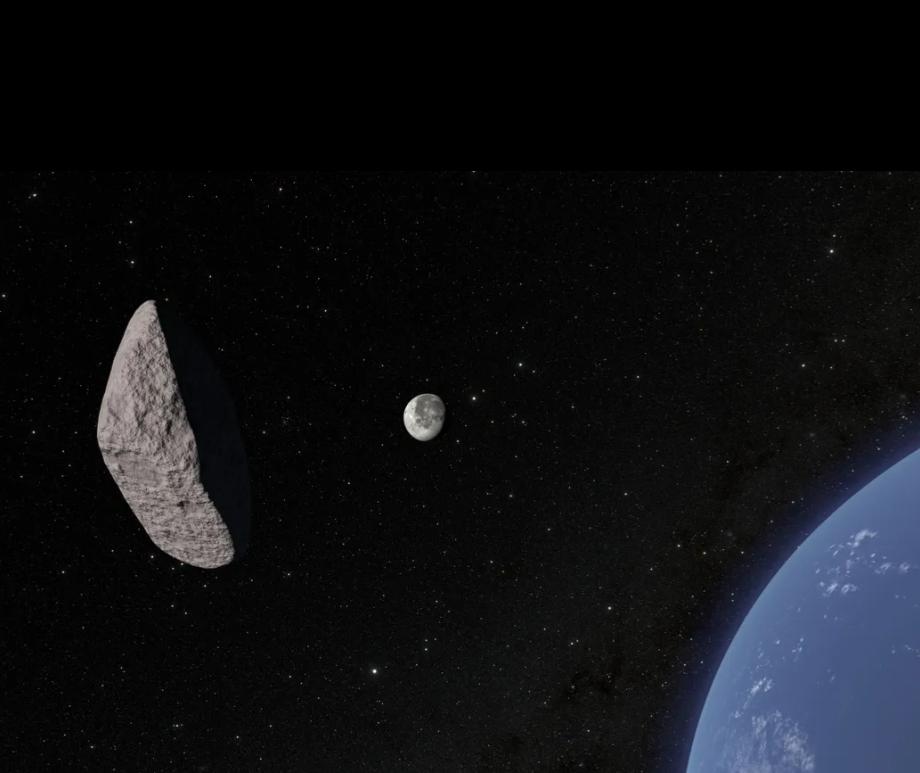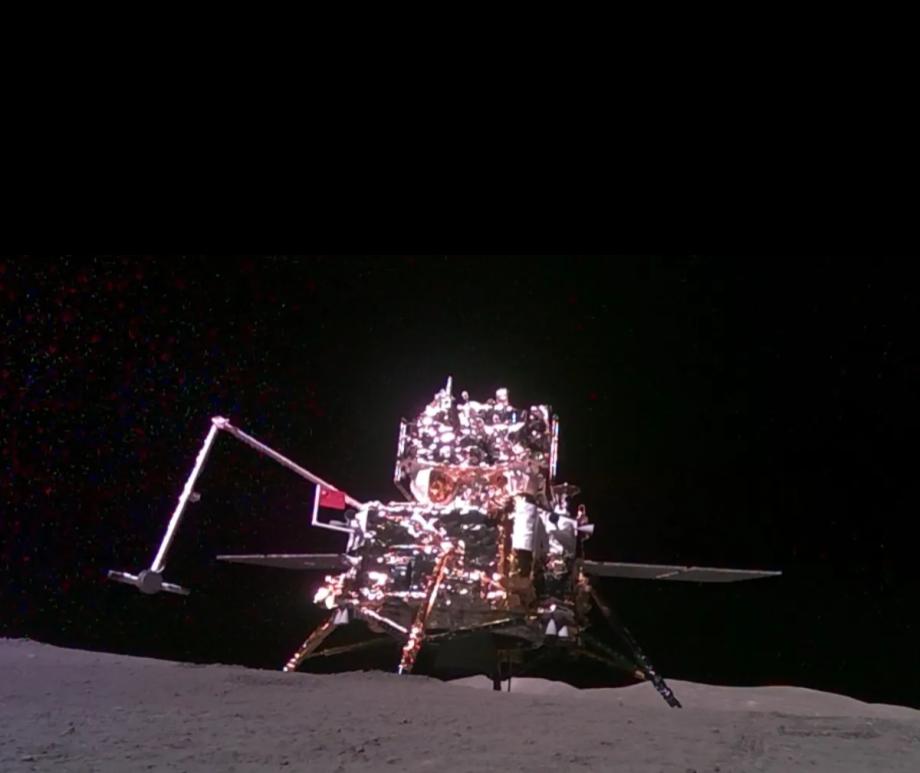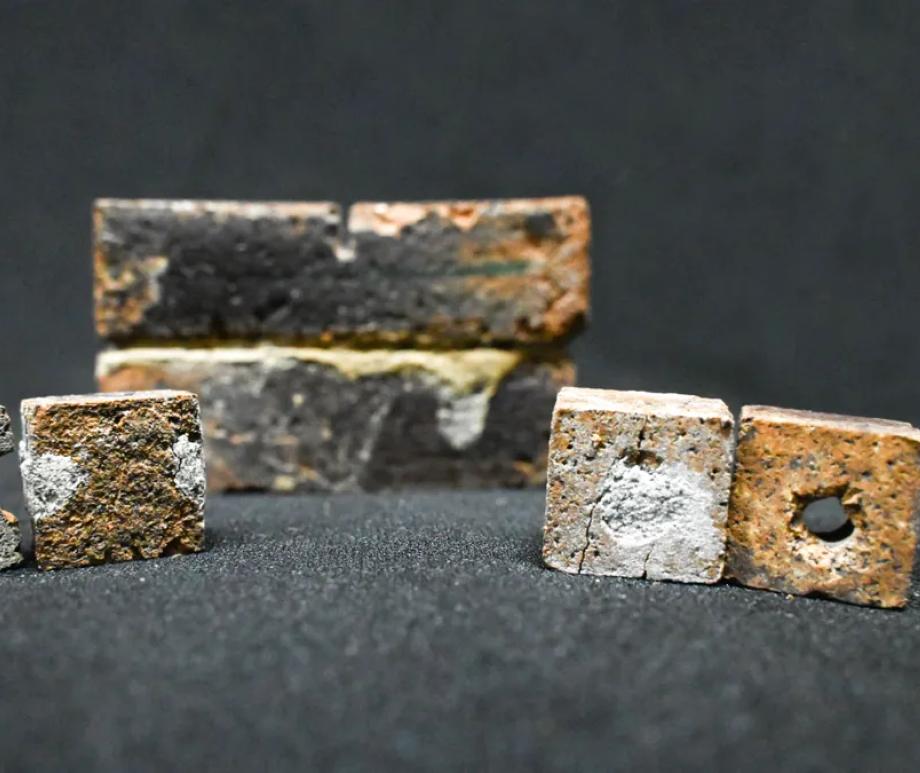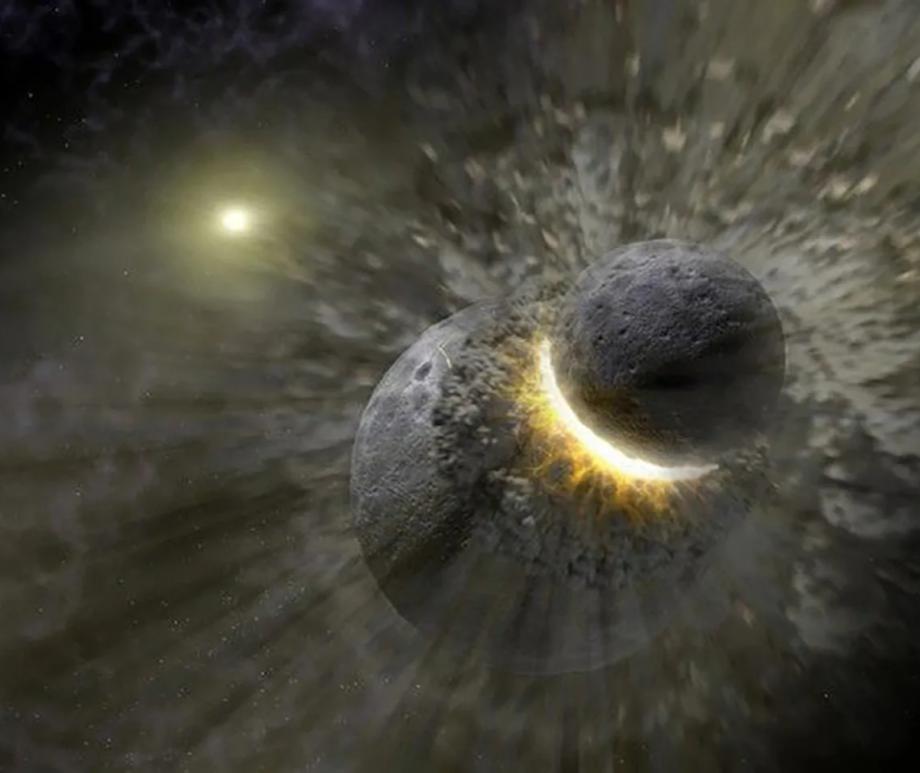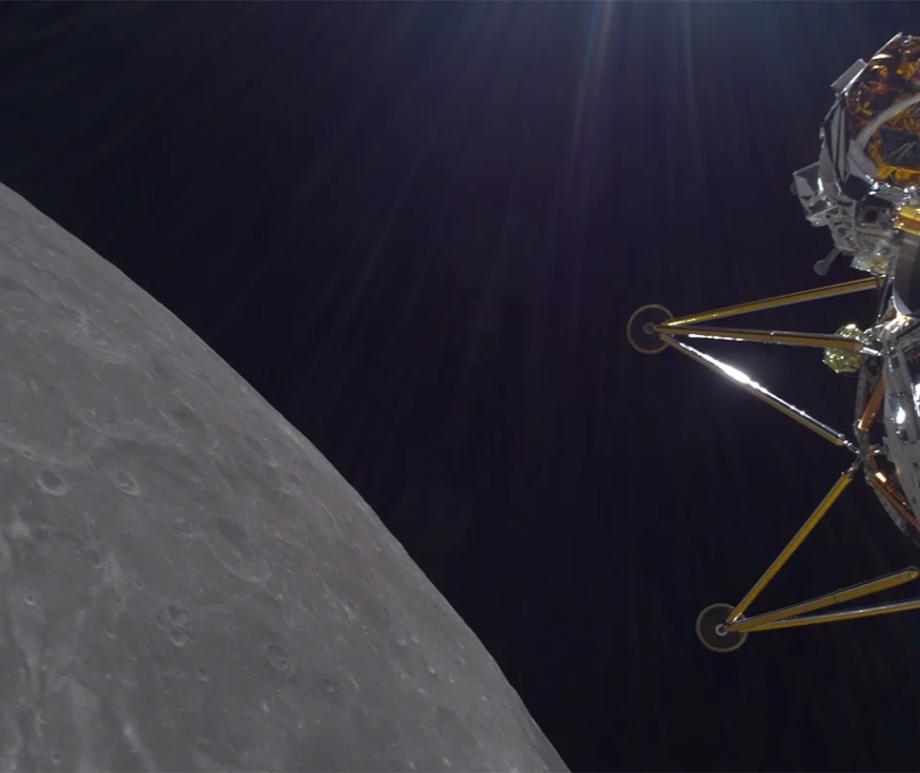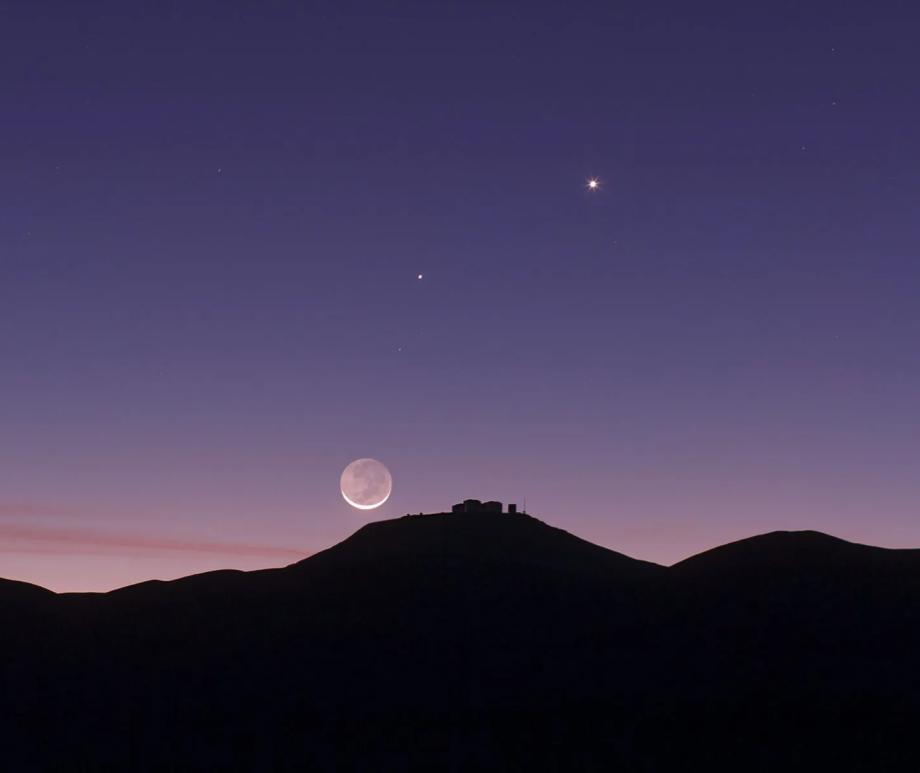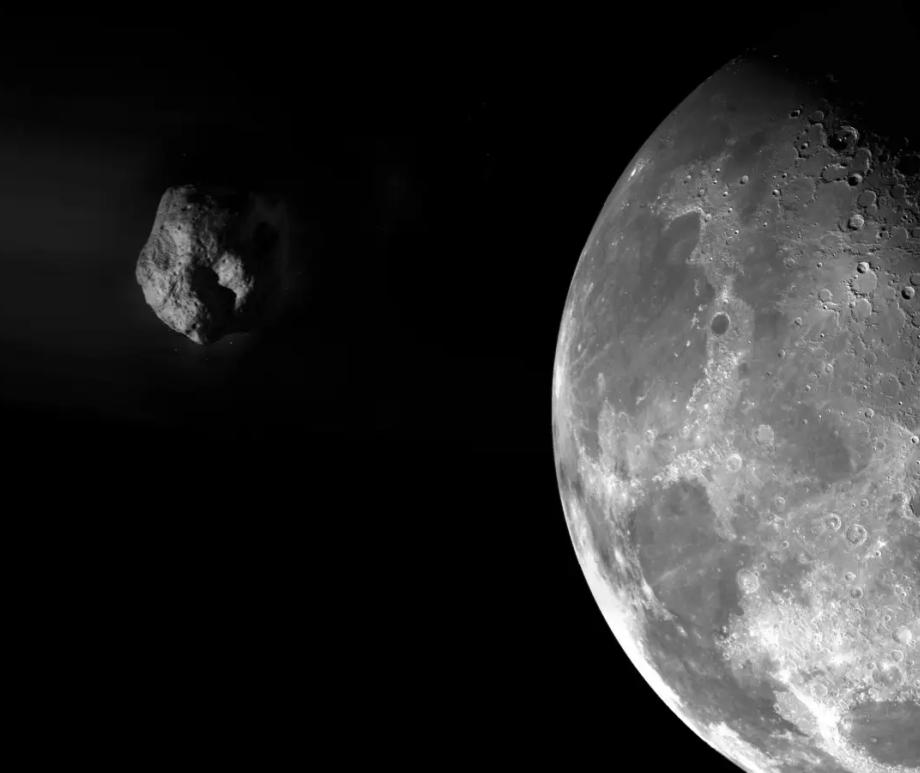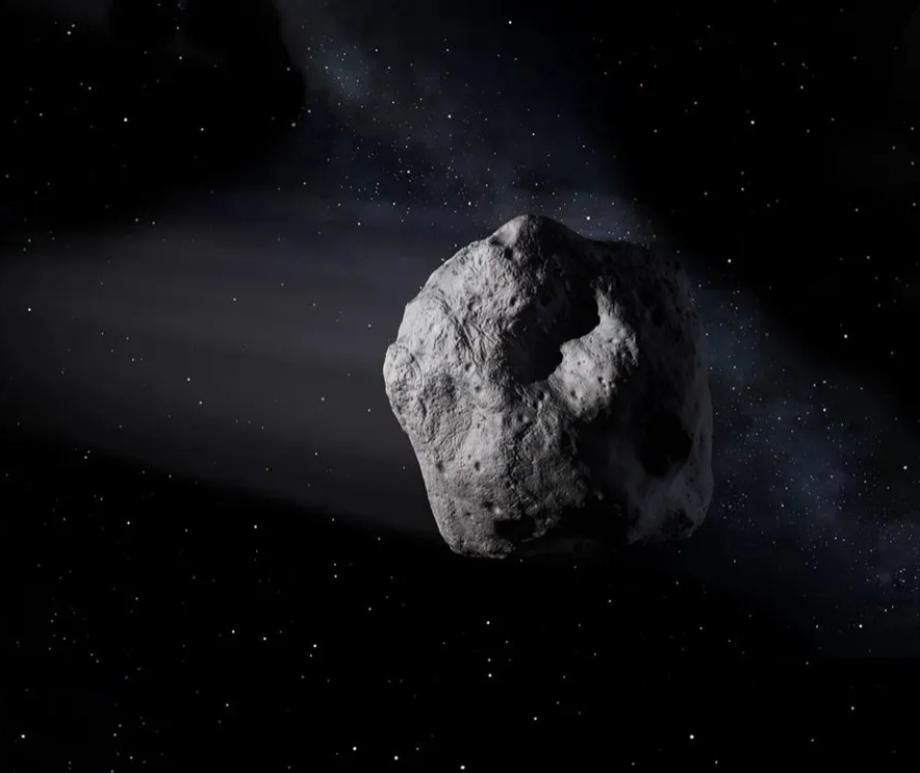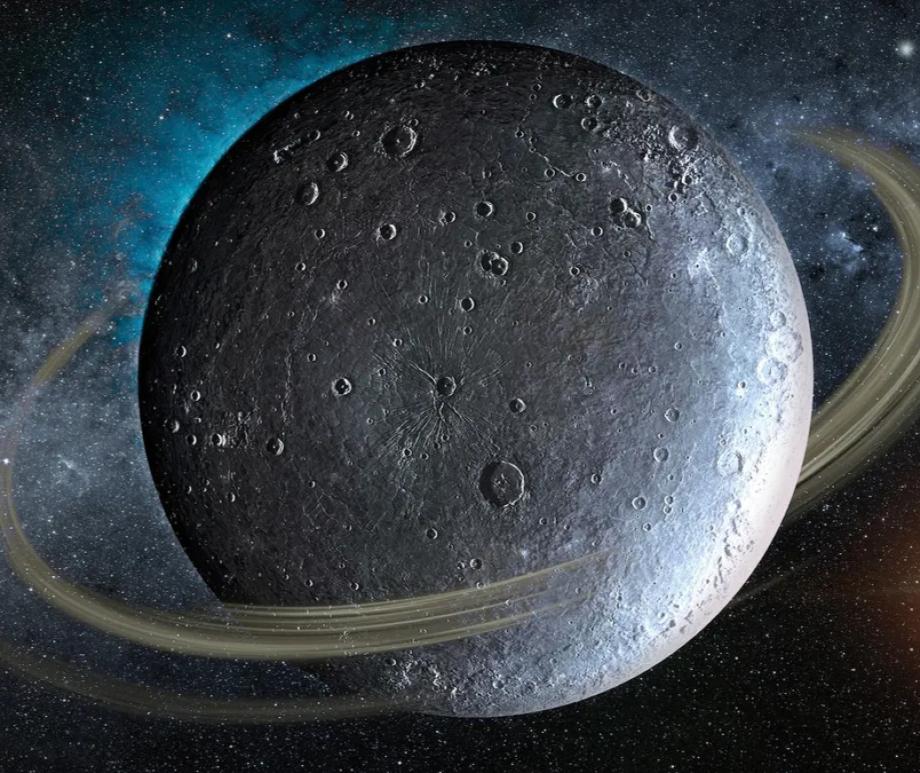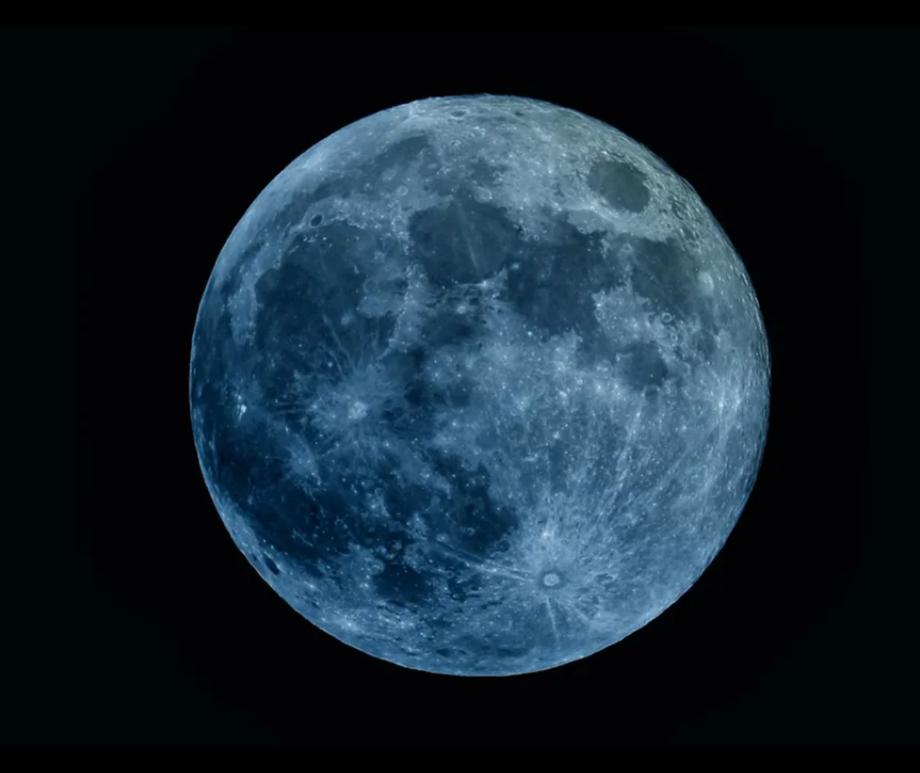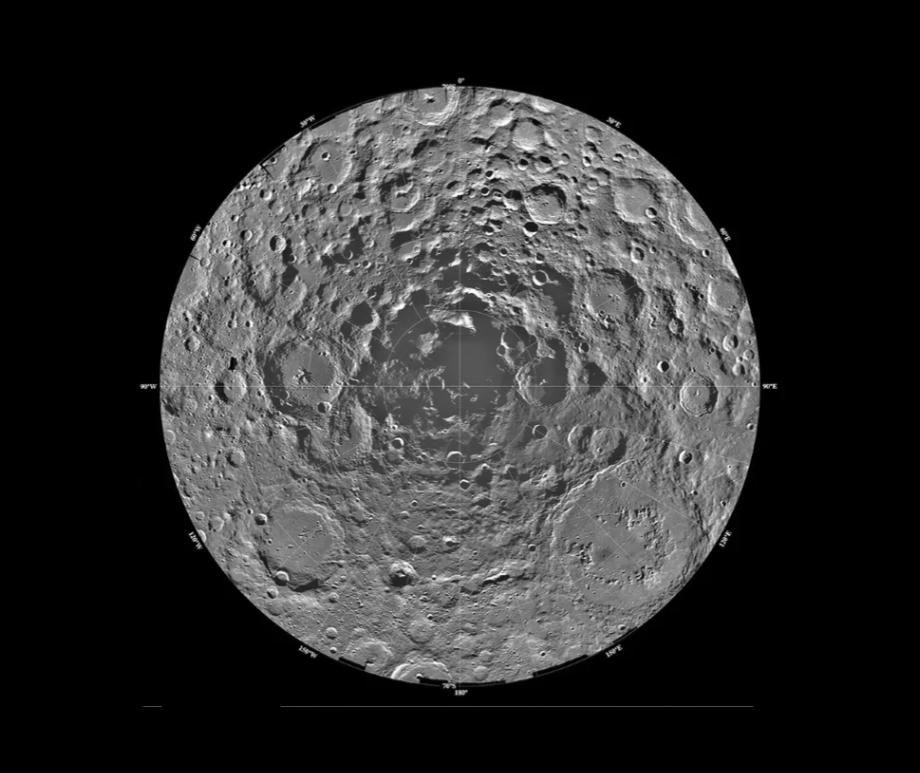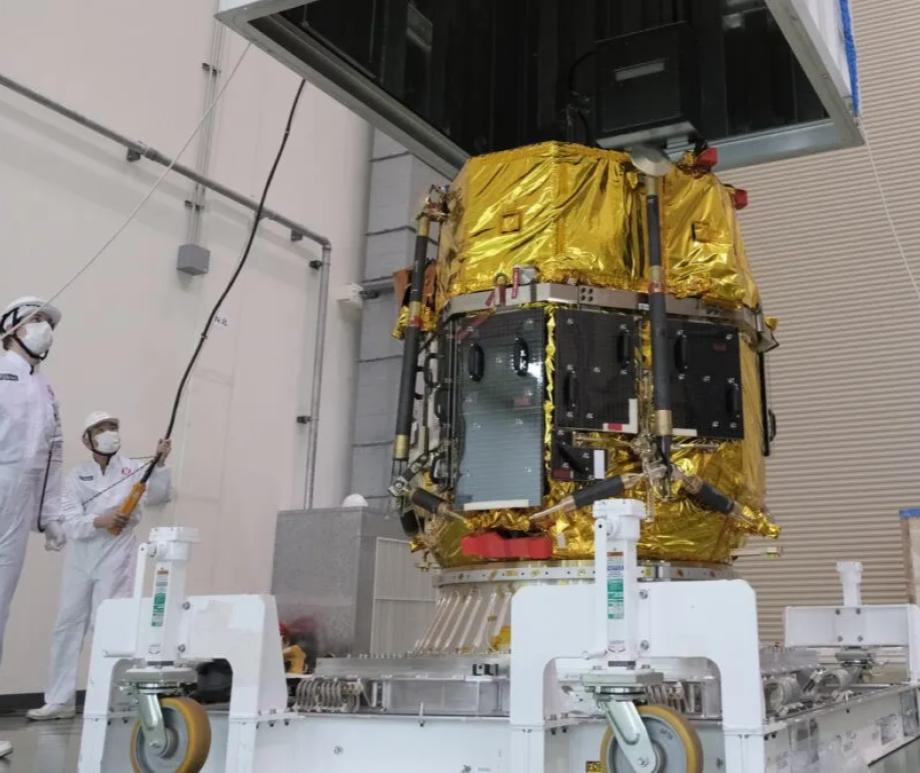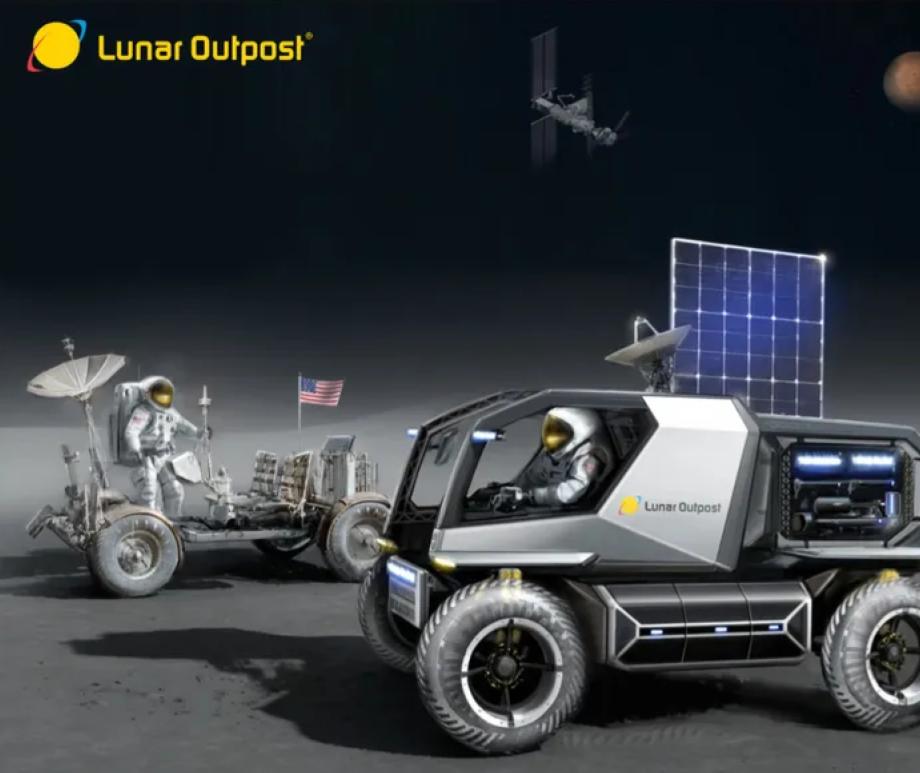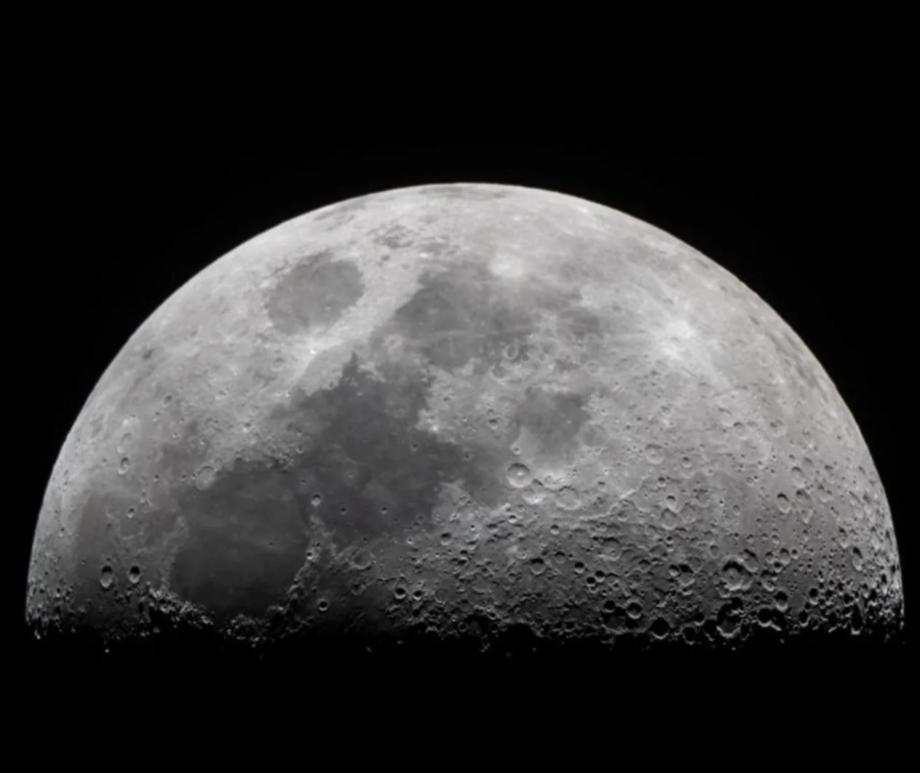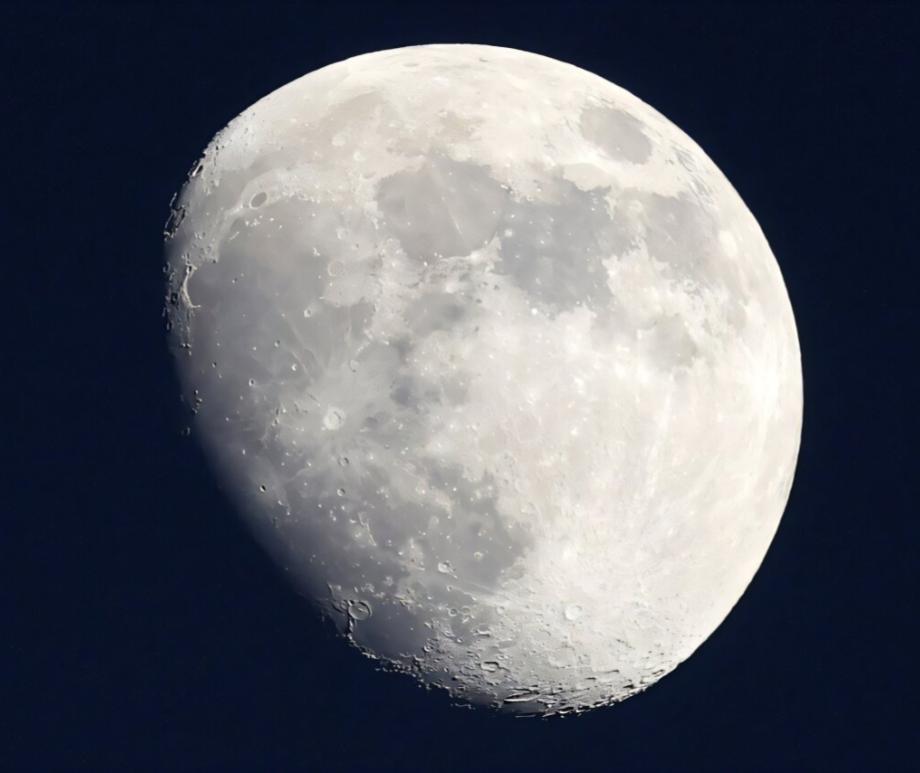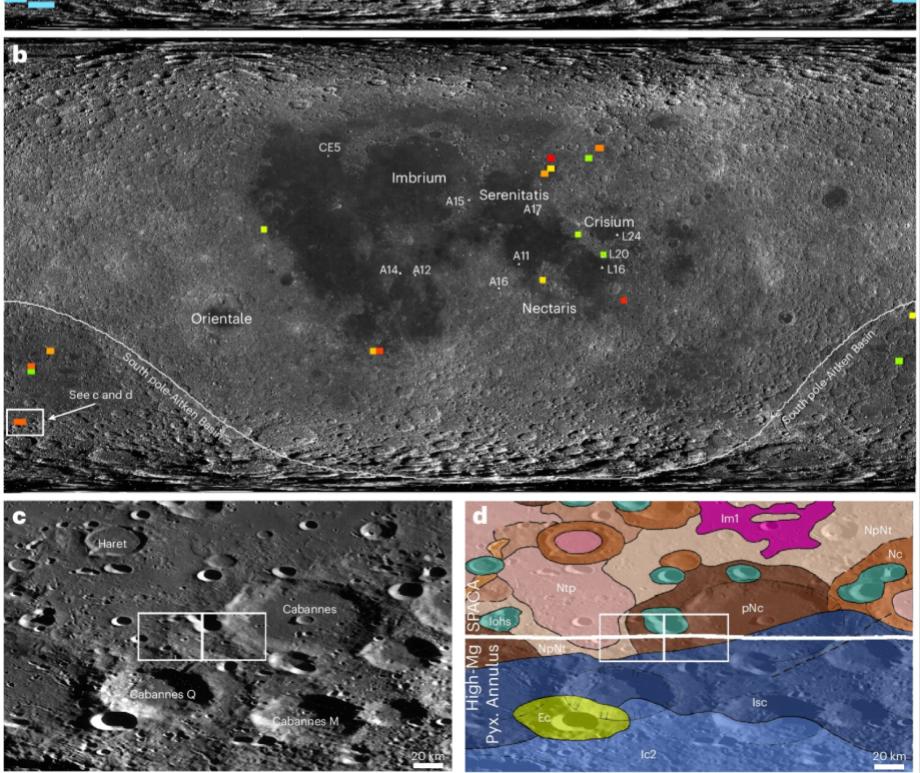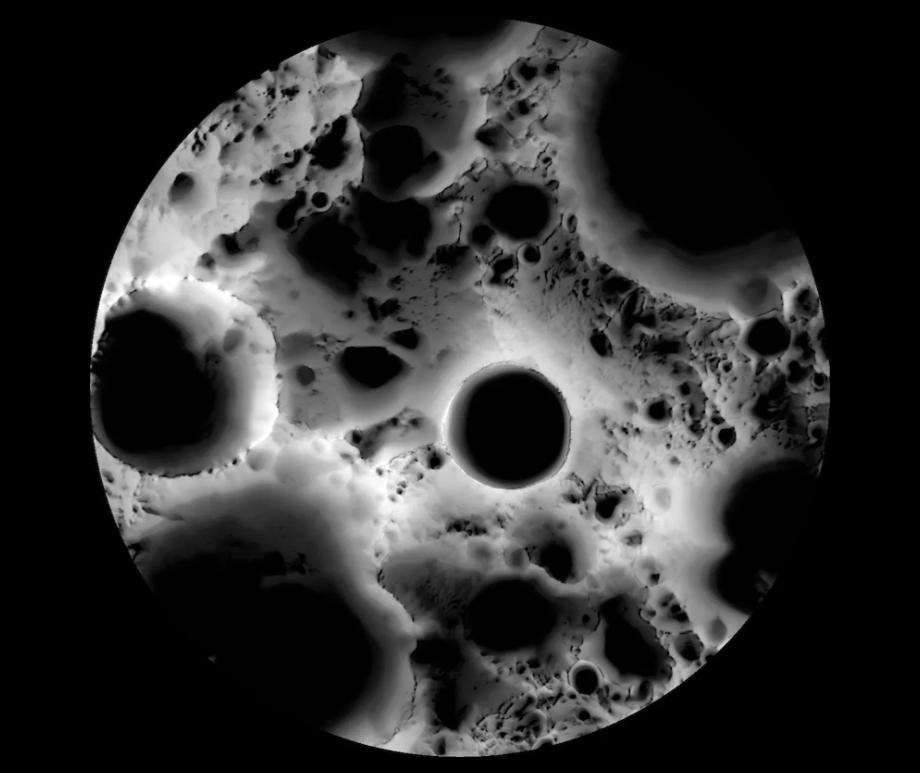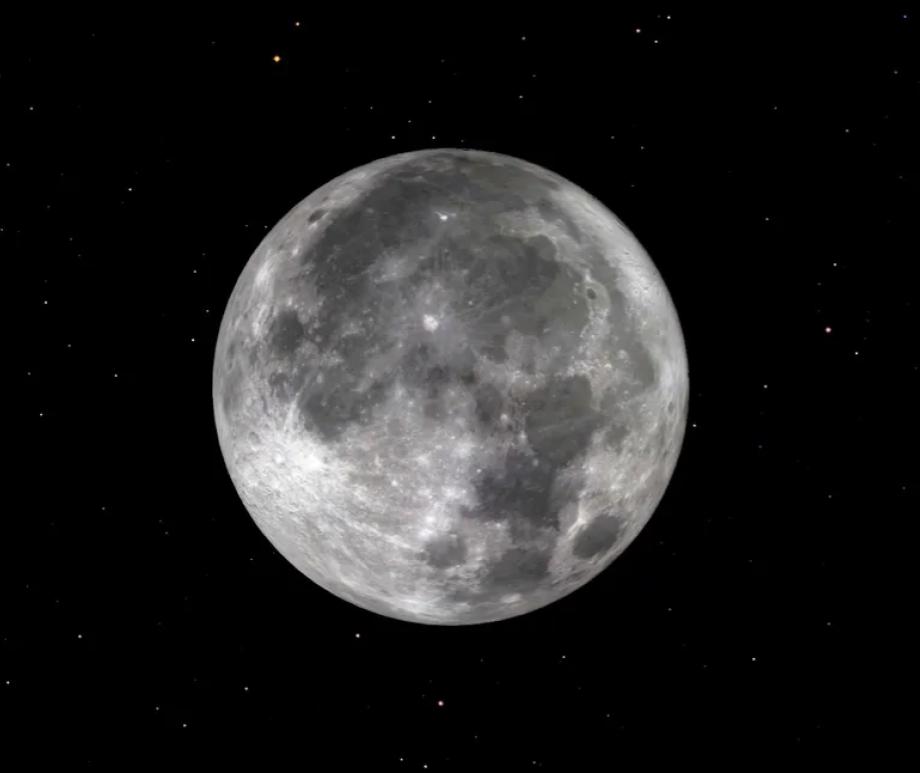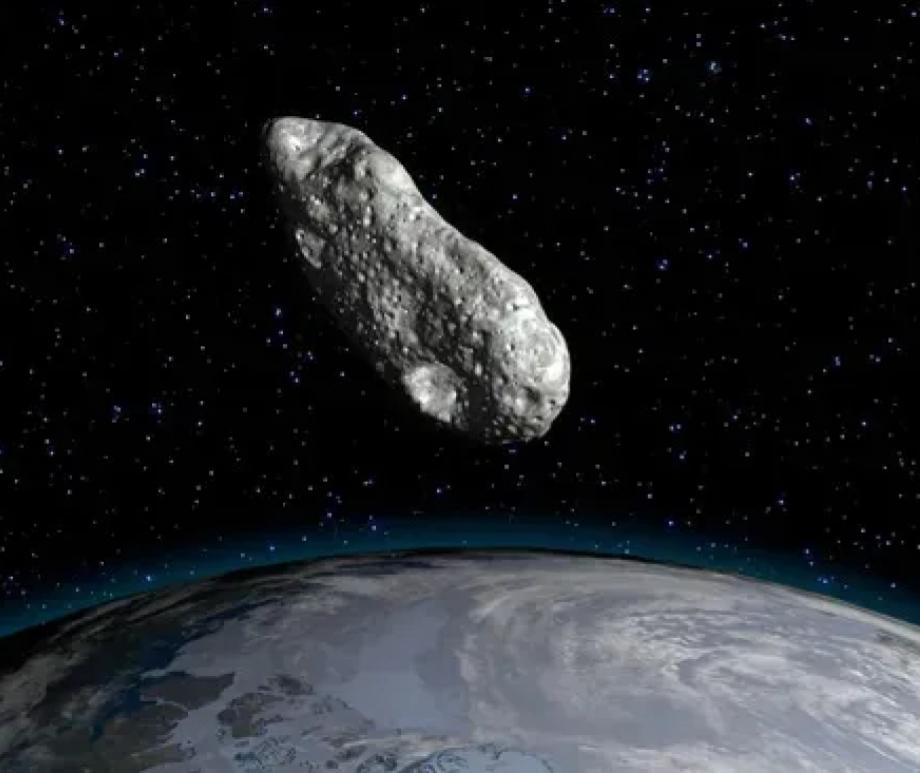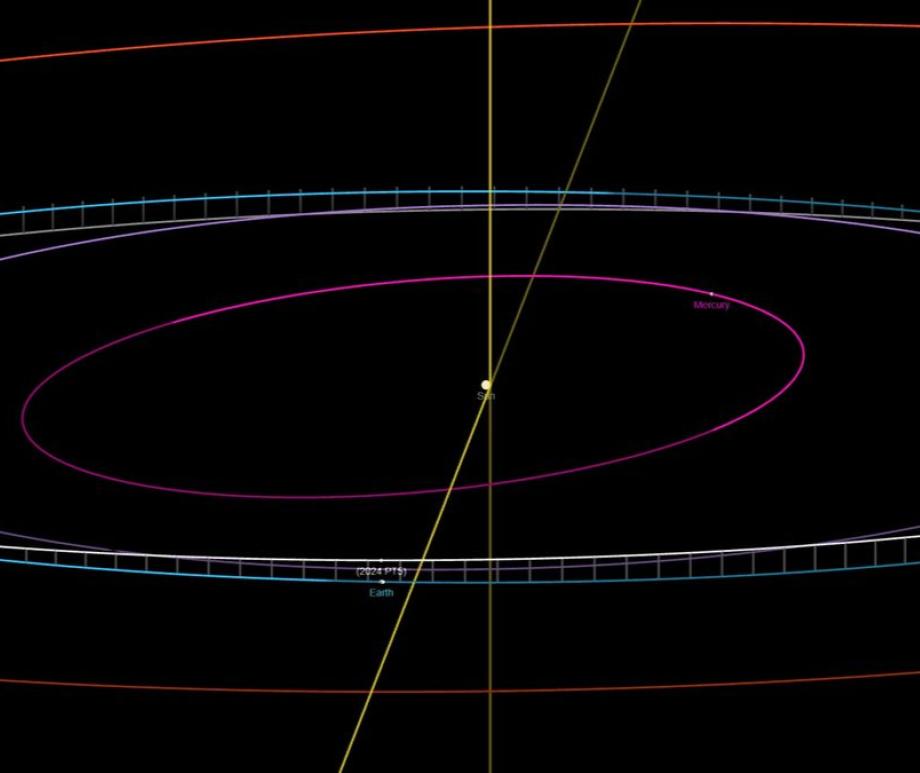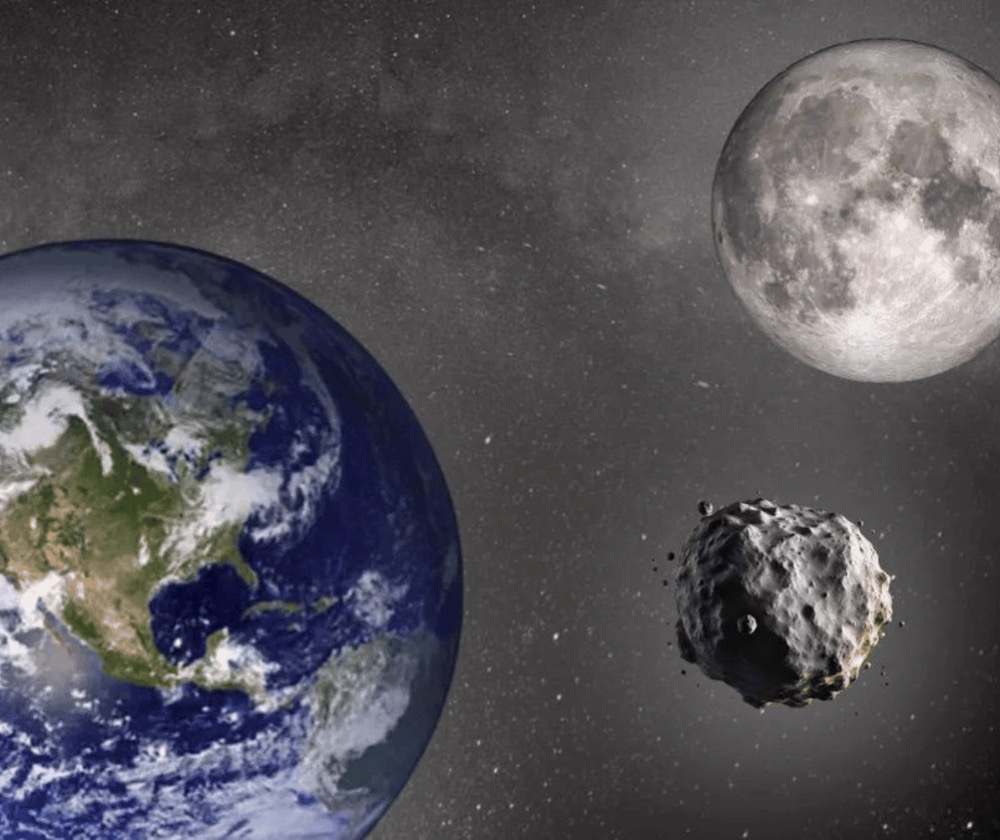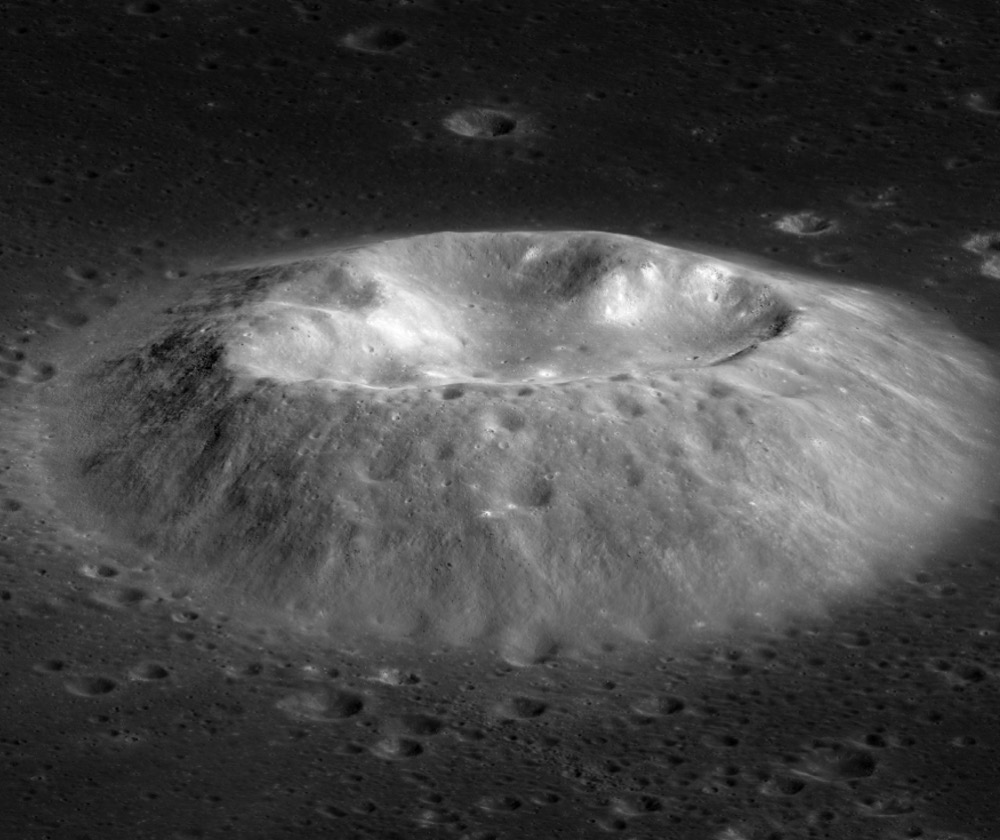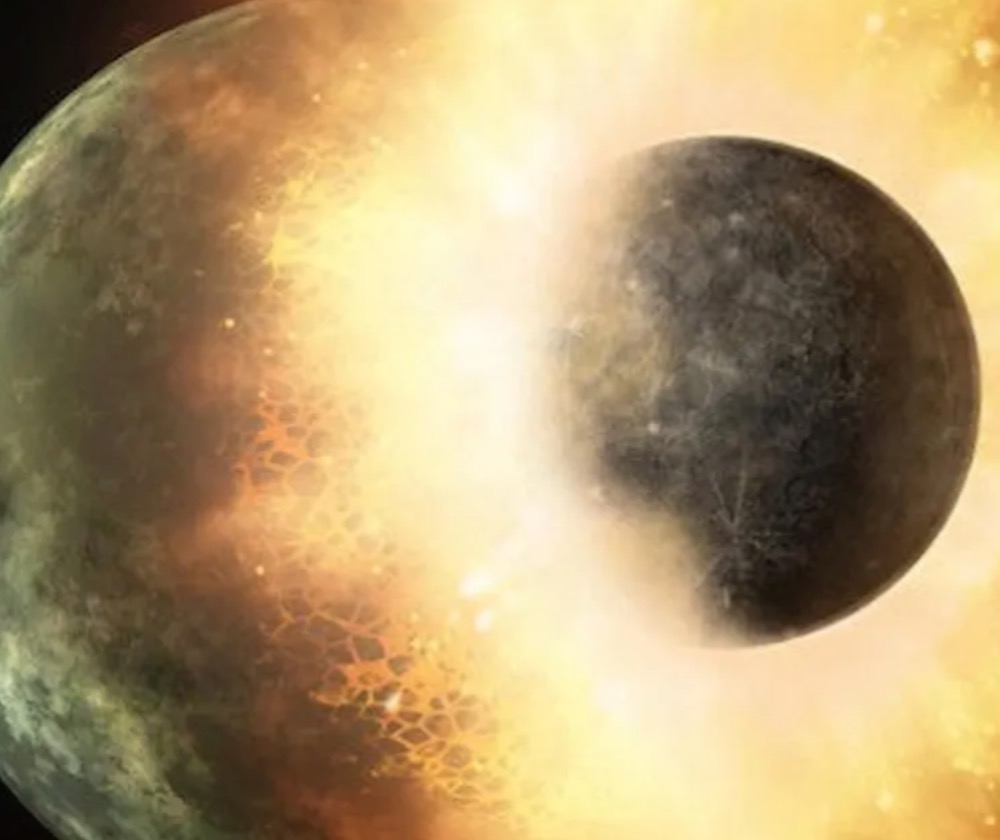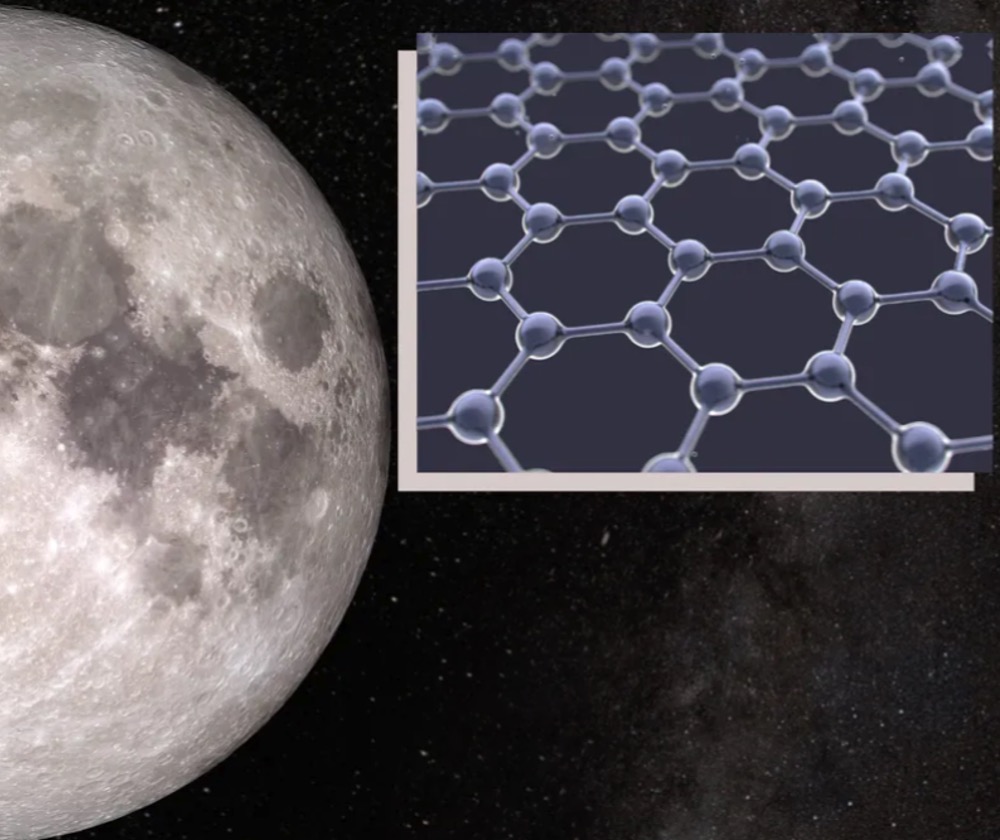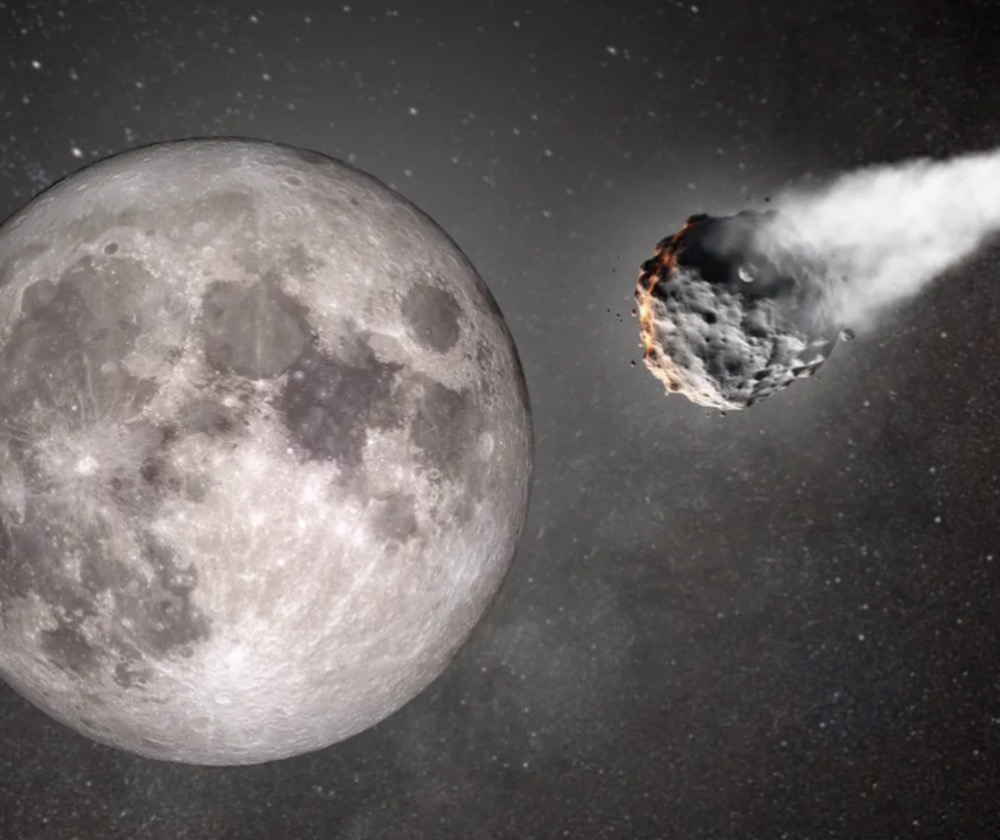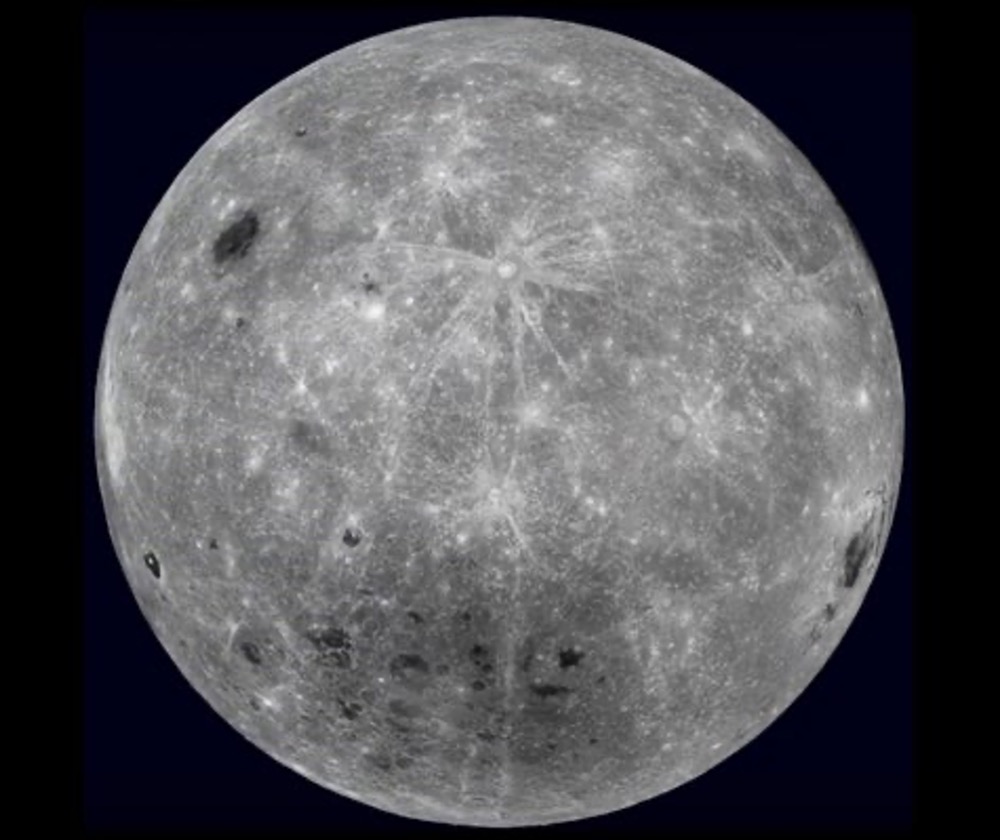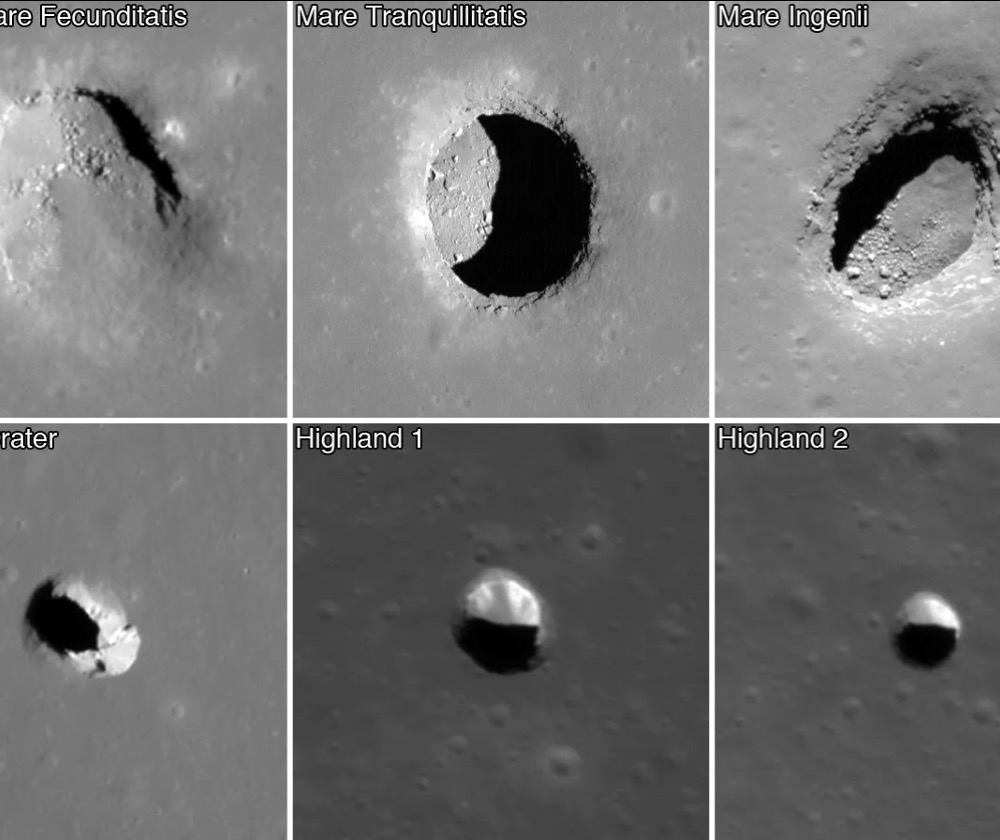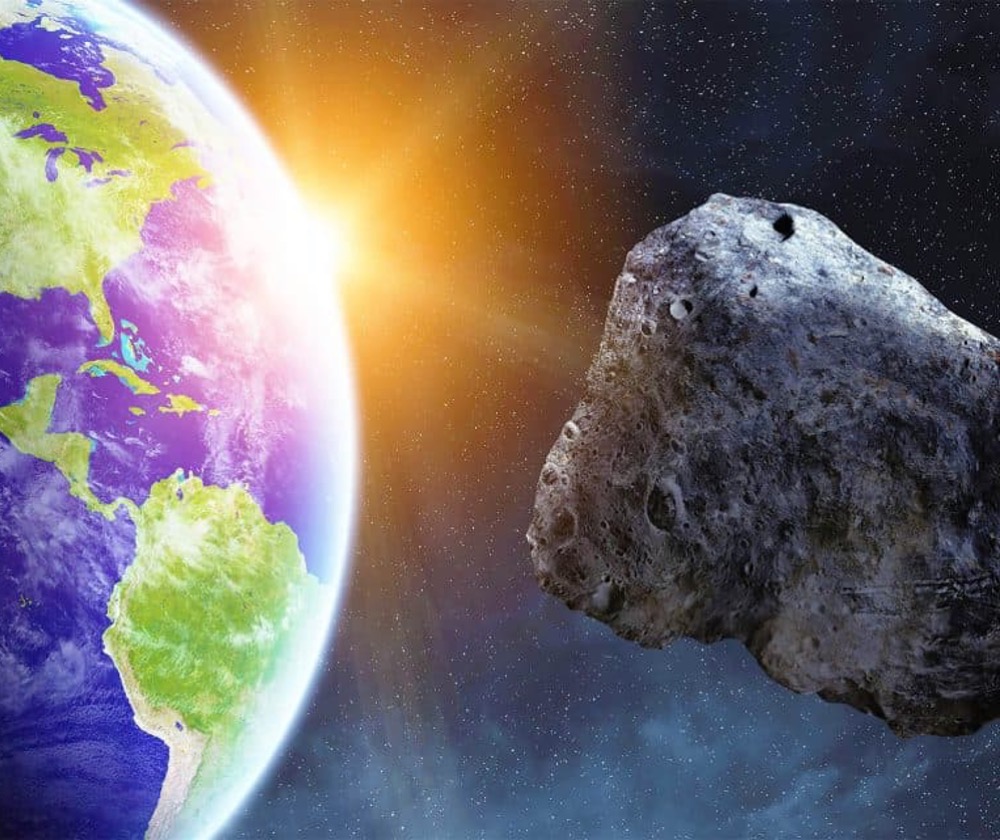Can We Live on the Moon?
We know that humans can survive on the Moon, thanks to the success of the Apollo missions and the 12 brave people who have explored the lunar surface. But can we create permanent settlements where we don’t just survive, but thrive? The short answer is, yes! We have lots of practice living off-world, thanks to over 20 years of the International Space Station being continuously inhabited. There are similar challenges we’ll face on the Moon, including no air to breathe and being confined to small spaces. Some things will be more challenging, such as increased radiation exposure and a farther distance to send help. But some things will be easier. There is some gravity on the Moon, which is better for our muscular-skeletal system compared to being weightless in orbit. There’s also water ice near the surface at the poles, for use in drinking and fuel, and soil that’s similar enough to Earth’s that we can grow crops in it. Read More
Latest News About Earth's Moon
Fascinating Facts About Earth's Moon
- If the sun were as tall as a typical front door, Earth would be the size of a nickel and the moon would the size of a green pea.
- The moon is Earth's only natural satellite and orbits the Earth at a distance of about 384 thousand kilometers (239 thousand miles) or 0.00257 AU.
- The moon makes a complete orbit around Earth in 27 Earth days and rotates or spins at that same rate, or in that same amount of time. This causes the moon to keep the same side towards Earth throughout the course of its orbit.
- The moon is the fifth largest moon in the solar system.
- The full moon appears 400,000 times less bright than the Sun does.
- The moon is the only celestial body beyond Earth that has been visited by human beings.
- The moon has a very thin and tenuous (weak) atmosphere called an exosphere.
Missions
LADEE (2013)
Mission to collect information about structure and composition of the lunar atmosphere
GRAIL mission (2011)
Mission to create high-resolution map of the Moon’s gravitational field
LCROSS (2009)
Mission to confirm the presence or absence of water ice in a shadowed crater near a lunar pole
Lunar Reconnaissance Orbiter (2009)
Mission to collect detailed information about the lunar environment
Chandrayaan-1 (2008)
ISRO mission to study geological, mineralogical and topographical characteristics of the Moon
Chang’e (2007-2018)
CNSA (China) lunar orbiter, lander and rover
KAGUYA (SELENE) (2007)
JAXA mission to understand origin of the Moon
Artemis Project (2007)
Repurposed THEMIS mission to study the Moon’s interactions with the Sun
Smart-1 (2003)
ESA mission to perform scientific observations of the Moon
Lunar Prospector (1998)
Mission to map moon’s surface composition
Clementine (1994)
Mission to make scientific observations of the Moon
HITEN (1990)
ISAS (JAXA) mission studying satellite orbit, data transmission and aerobraking
Apollo missions (1967-1972)
Mission to land humans on the moon and return them safely to Earth
Explorer Program (1967-1973)
Multiple missions carrying out a wide variety of scientific investigations
Surveyor probes (1966-1968)
Mission to determine if lunar terrain was safe for landing
Lunar orbiter program (1964-1967)
Missions to locate good landing sites for Apollo mission
Soviet Lunar Missions (1959-1976)
Mission to determine feasibility of manned lunar landings





